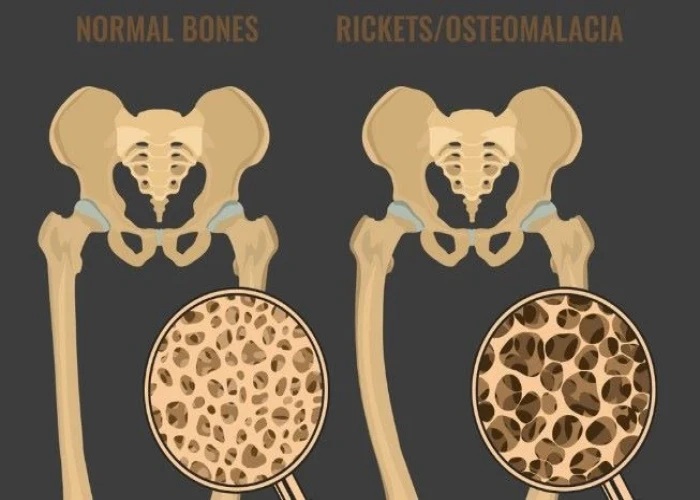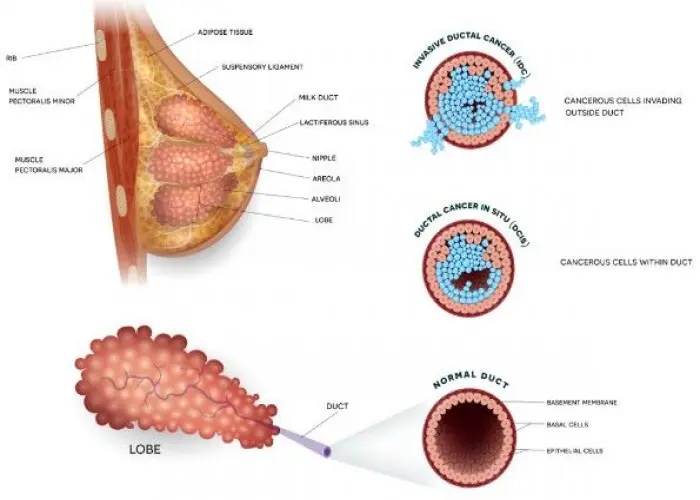 Welcome
Welcome
“May all be happy, may all be healed, may all be at peace and may no one ever suffer."
Dust mite allergy

Dust mite allergy is a type of allergic reaction that occurs when a person's immune system overreacts to proteins found in the feces and body parts of dust mites. Dust mites are microscopic creatures that live in household dust, and they are a common cause of allergies and asthma.
Symptoms of dust mite allergy can include sneezing, a runny or stuffy nose, itchy or watery eyes, coughing, and wheezing. In some cases, dust mite allergy can also cause skin rashes or hives. These symptoms can be similar to those of other allergies, such as pollen or pet dander allergies.
Diagnosis of dust mite allergy may involve skin prick tests or blood tests to determine whether a person has an allergic reaction to dust mites.
Treatment for dust mite allergy may involve avoiding exposure to dust mites as much as possible, such as by using allergen-proof covers for pillows and mattresses, washing bedding in hot water regularly, and using a high-efficiency particulate air (HEPA) filter to clean the air. Medications, such as antihistamines or nasal corticosteroids, may also be used to control allergy symptoms.
Preventing dust mite allergy may involve reducing exposure to dust mites by regularly cleaning the home, using a dehumidifier to keep humidity levels low, and removing clutter that can collect dust. It is also important to vacuum carpets and upholstered furniture regularly and to wash bedding in hot water to kill dust mites.
Overall, while dust mite allergy can be uncomfortable and disruptive, there are many ways to manage the condition and reduce symptoms through lifestyle changes and medications.
Research Papers
Disease Signs and Symptoms
- Frequent sneezing
- Itchy nose, roof of mouth or throat
- Chest tightness
- Difficulty breathing (dyspnea)
- In a child, frequent upward rubbing of the nose
- Swollen eye (Conjunctivitis)
- Facial pressure and pain
- Cough
- Nose itching
- Nasal congestion
- Excessive tears in eyes
- Itchy eye
- Itching
- Audible whistling or wheezing sound when exhaling
Disease Causes
Dust mite allergy
Allergies occur when your immune system reacts to a foreign substance such as pollen, pet dander or dust mites. Your immune system produces proteins known as antibodies that protect you from unwanted invaders that could make you sick or cause an infection.
When you have allergies, your immune system makes antibodies that identify your particular allergen as something harmful, even though it isn't. When you come into contact with the allergen, your immune system produces an inflammatory response in your nasal passages or lungs. Prolonged or regular exposure to the allergen can cause the ongoing (chronic) inflammation associated with asthma.
Dust mites eat organic matter such as skin cells people have shed, and rather than drinking water, they absorb water from humidity in the atmosphere.
Dust also contains the feces and decaying bodies of dust mites, and it's the proteins present in this dust mite "debris" that are the culprit in dust mite allergy.
Disease Prevents
Disease Treatments
The first treatment for controlling dust mite allergy is avoiding dust mites as much as possible. When you minimize your exposure to dust mites, you can expect fewer or less severe allergic reactions. However, it's impossible to completely eliminate dust mites from your environment. You may also need medications to control symptoms.
Allergy medications
Your doctor may direct you to take one of the following medications to improve nasal allergy symptoms:
- Antihistamines reduce the production of an immune system chemical that is active in an allergic reaction. These drugs relieve itching, sneezing and runny nose. Over-the-counter antihistamine tablets, such as fexofenadine (Allegra Allergy), loratadine (Alavert, Claritin,), cetirizine (Zyrtec) and others, as well as antihistamine syrups for children, are available. Prescription antihistamines taken as a nasal spray include azelastine (Astelin, Astepro) and olopatadine (Patanase).
- Corticosteroids delivered as a nasal spray can reduce inflammation and control symptoms of hay fever. These drugs include fluticasone propionate (Flonase Allergy Relief), mometasone furoate (Nasonex), triamcinolone (Nasacort Allergy 24HR), ciclesonide (Omnaris) and others. Nasal corticosteroids provide a low dose of the drug and have a much lower risk of side effects compared with oral corticosteroids.
- Decongestants can help shrink swollen tissues in your nasal passages and make it easier to breathe through your nose. Some over-the-counter allergy tablets combine an antihistamine with a decongestant. Oral decongestants can increase blood pressure and shouldn't be taken if you have severe high blood pressure, glaucoma or cardiovascular disease. In men with an enlarged prostate, the drug can worsen the condition. Talk to your doctor about whether you can safely take a decongestant.
- Over-the-counter decongestants taken as a nasal spray may briefly reduce allergy symptoms. If you use a decongestant spray for more than three days in a row, however, it can actually make nasal congestion worse.
- Leukotriene modifiers block the action of certain immune system chemicals. Your doctor may prescribe the leukotriene modifier montelukast (Singulair), which comes in tablet form. Possible side effects of montelukast include upper respiratory infection, headache and fever. Less common side effects include behavior or mood changes, such as anxiousness or depression.
Other therapies
- Immunotherapy. You can "train" your immune system not to be sensitive to an allergen. Immunotherapy is delivered either through a series of allergy shots or tablets taken under the tongue (sublingually). One to two weekly shots or tablets expose you to very small doses of the allergen ― in this case, the dust mite proteins that cause the allergic reaction. The dose is gradually increased, usually during a three- to six-month period. Maintenance shots or tablets are needed every four weeks for three to five years. Immunotherapy is usually used when other simple treatments are not satisfactory.
- Nasal irrigation. You can use a neti pot or a specially designed squeeze bottle to flush thickened mucus and irritants from your sinuses with a prepared saltwater (saline) rinse. If you're preparing the saline solution yourself, use water that's contaminant-free ― distilled, sterile, previously boiled and cooled, or filtered with a filter that has an absolute pore size of 1 micron or smaller. Be sure to rinse the irrigation device after each use with contaminant-free water, and leave open to air-dry.
Disease Diagnoses
Disease Allopathic Generics
Disease Ayurvedic Generics
Disease Homeopathic Generics
Disease yoga
Dust mite allergy and Learn More about Diseases

Nasal and paranasal tumors

Dry mouth

Osteomalacia

Stress fractures

Giardial Dysentry

Personality disorders

Rheumatoid arthritis

Ductal carcinoma in situ (DCIS)
dust mite allergy, ডাস্ট মাইট অ্যালার্জি
To be happy, beautiful, healthy, wealthy, hale and long-lived stay with DM3S.
